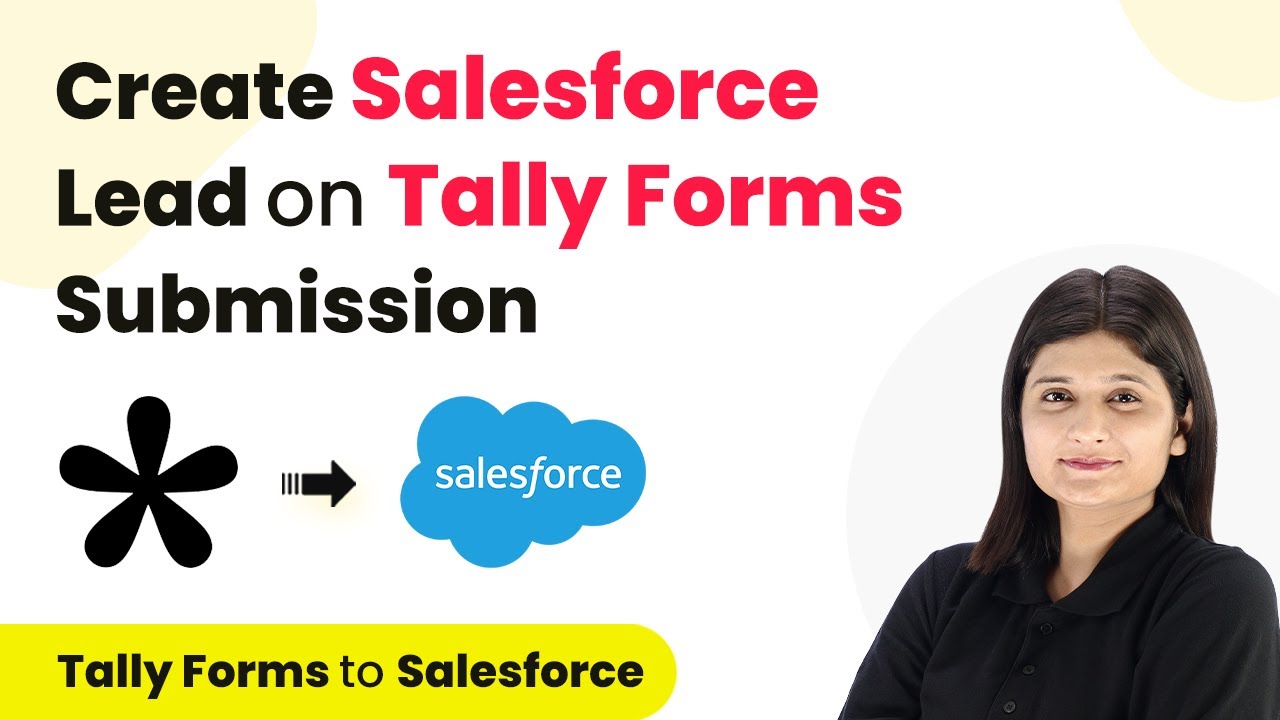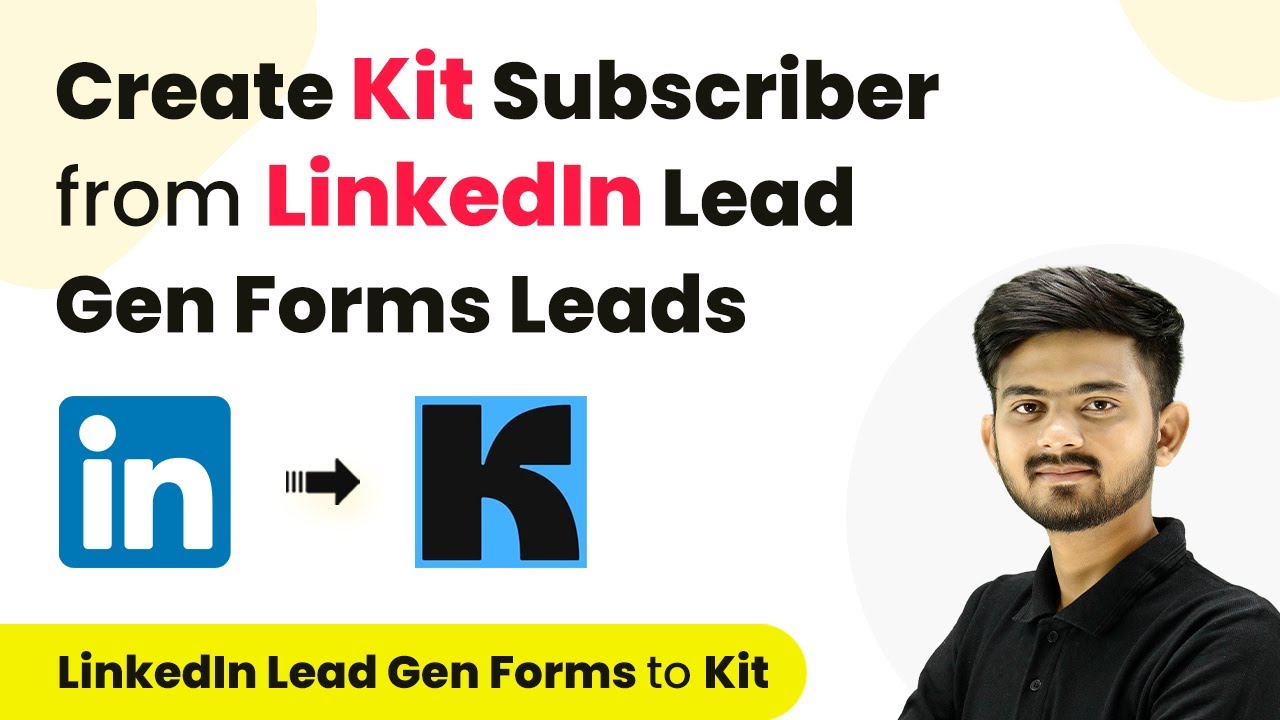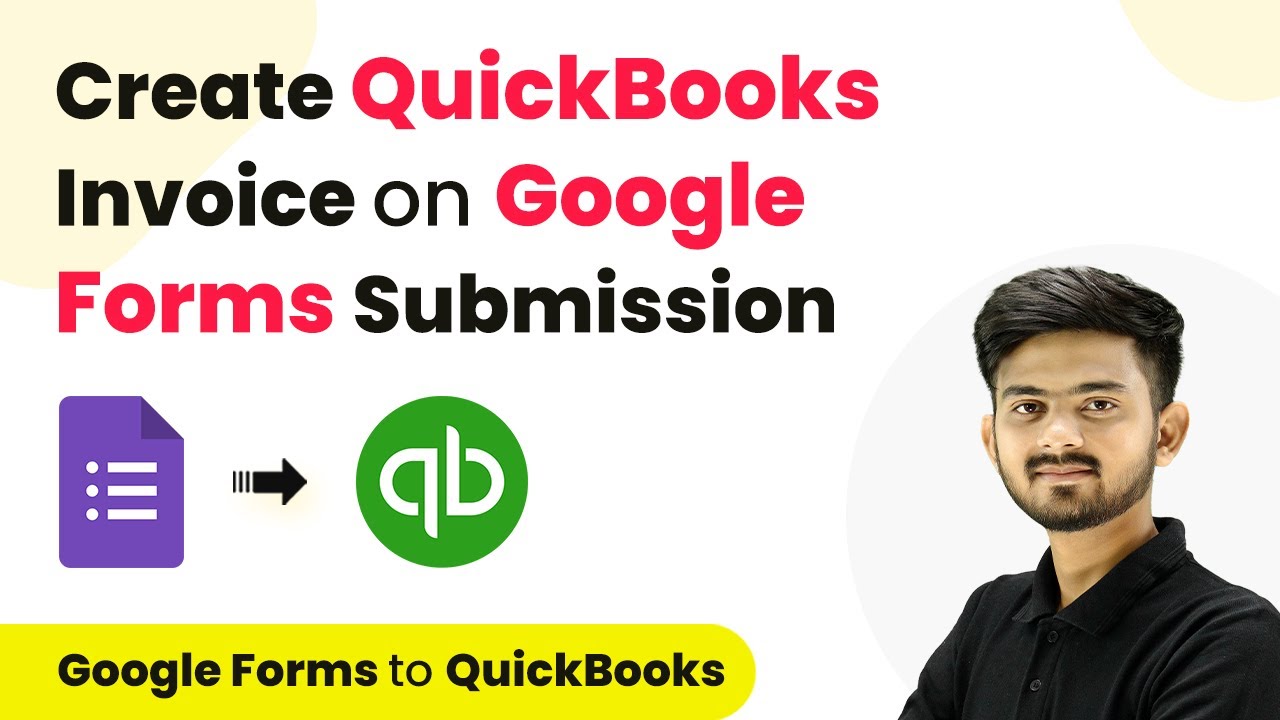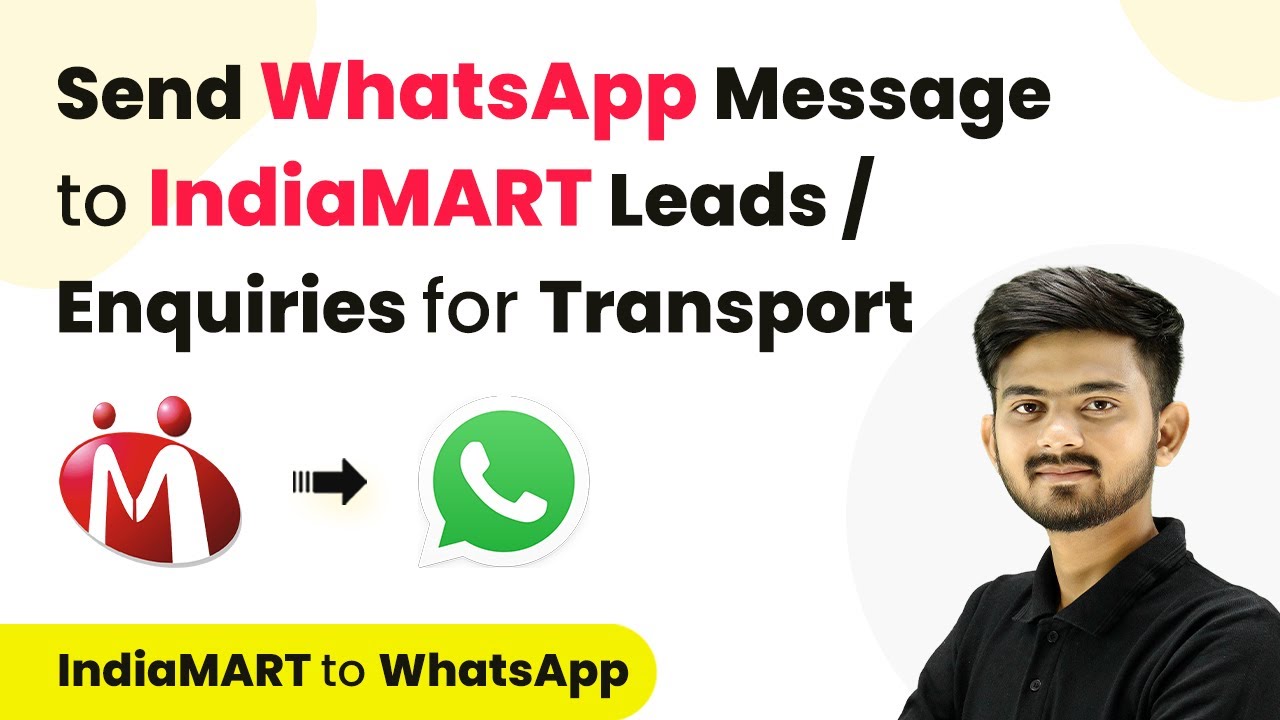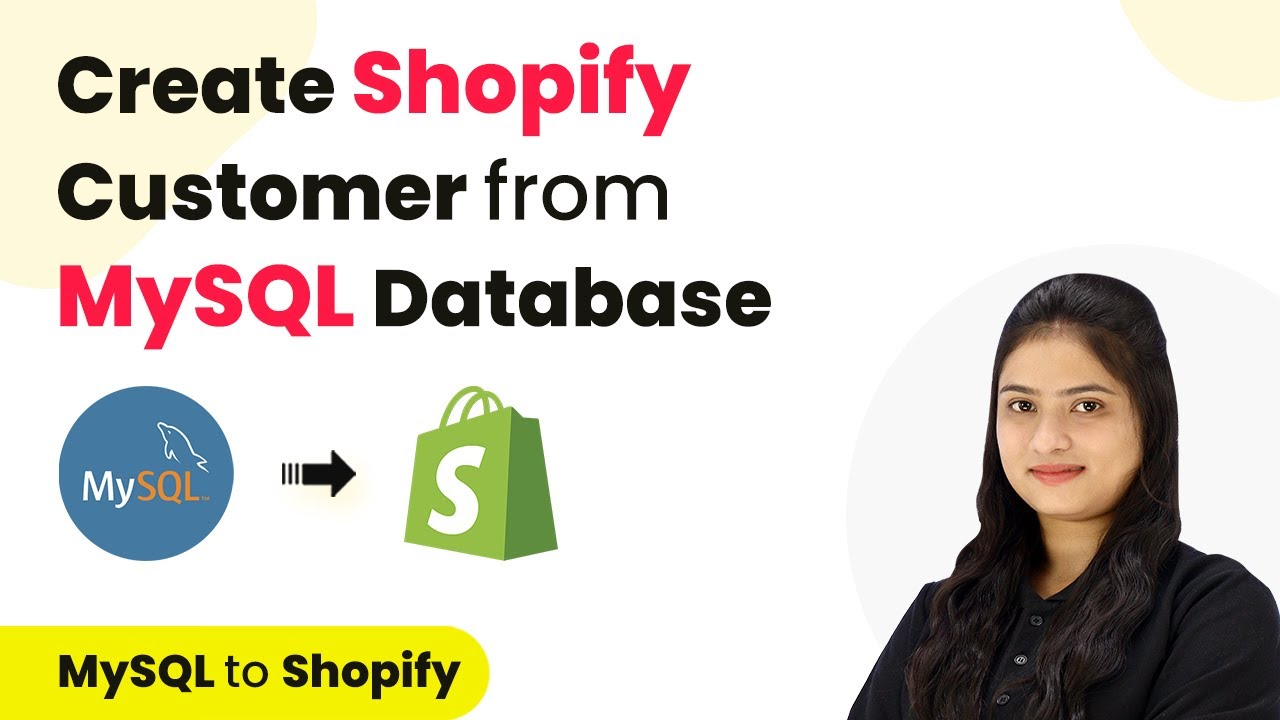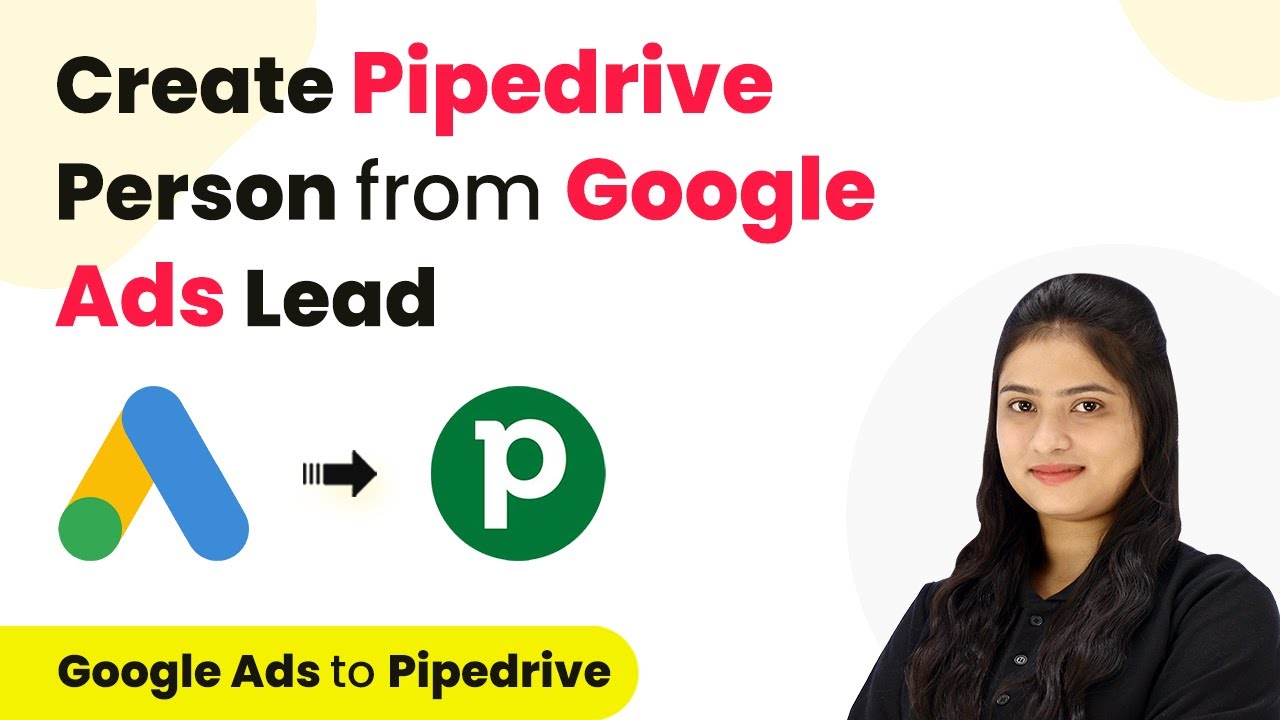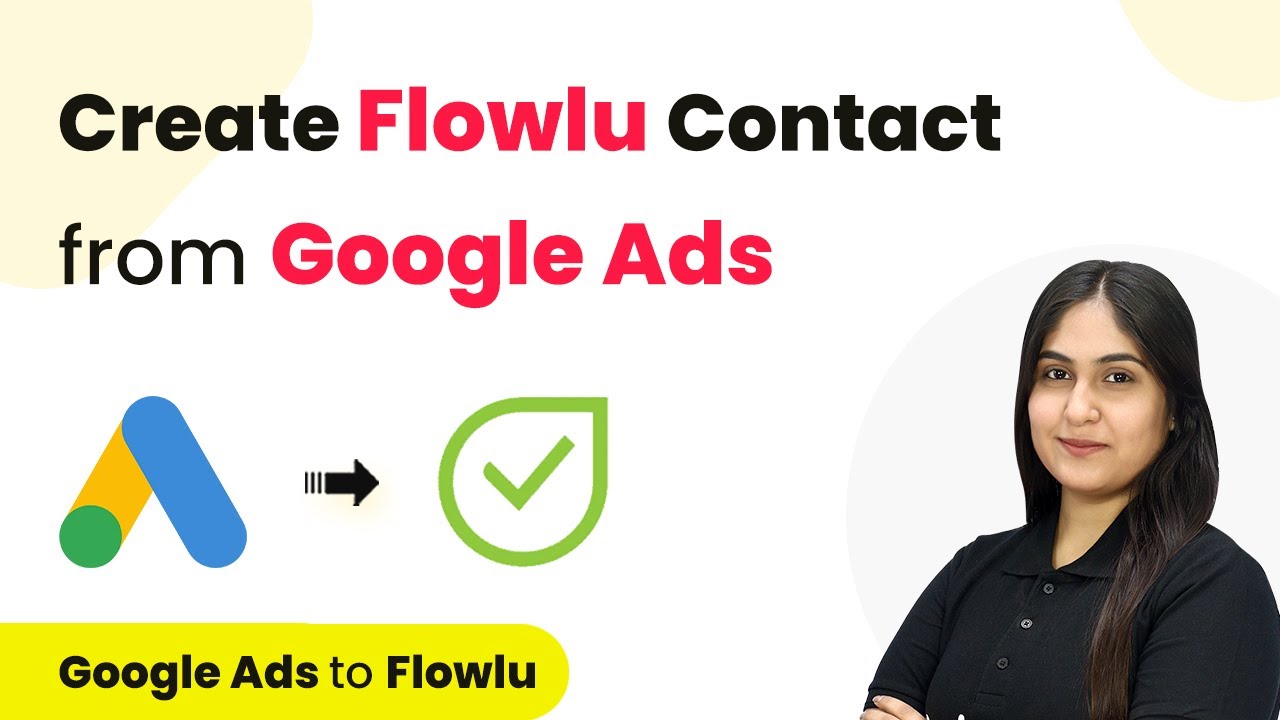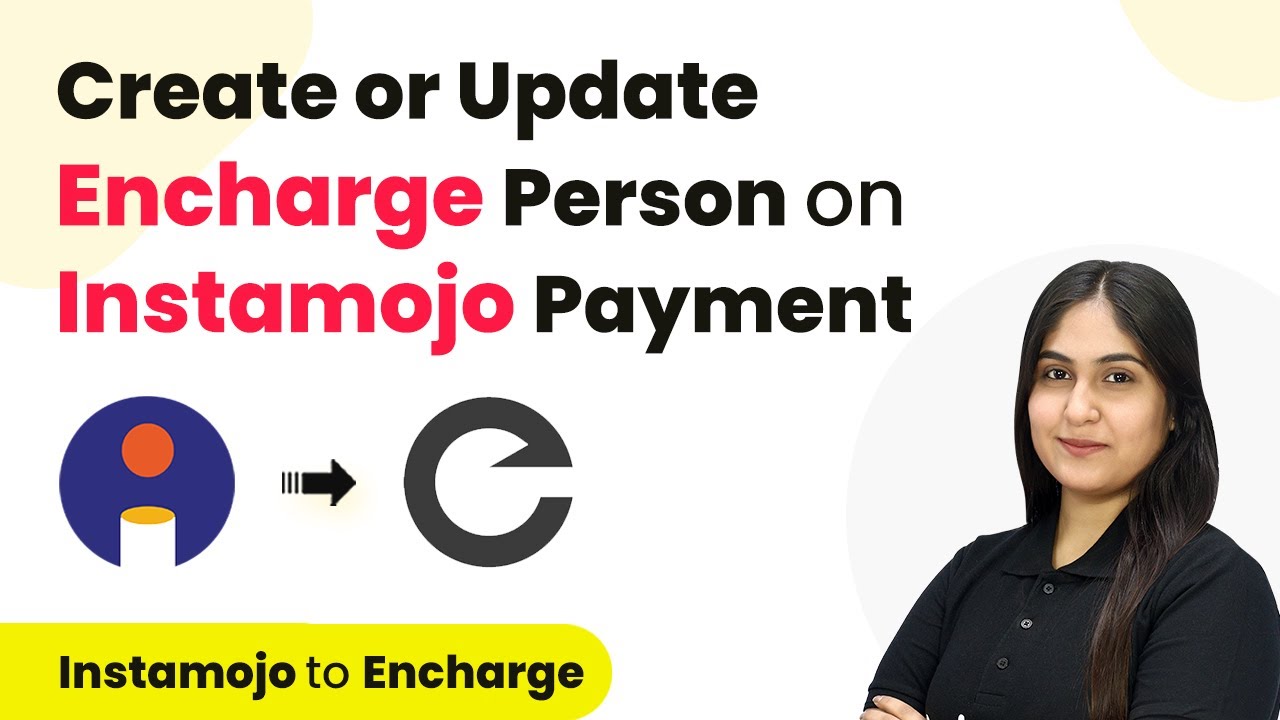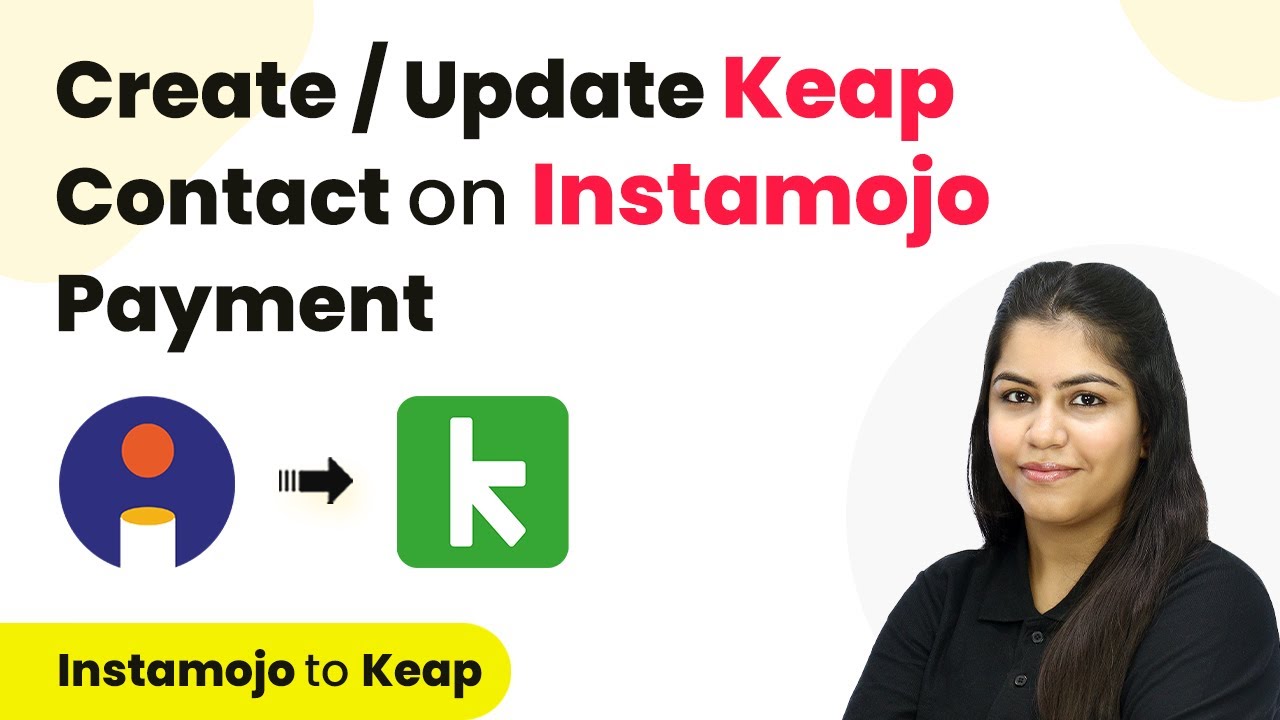Learn how to create a Salesforce lead automatically with Tally Forms submissions using Pabbly Connect in this step-by-step tutorial. Follow this definitive guide to creating powerful automated workflows with straightforward, efficiency-focused solutions that save valuable time.
Watch Step By Step Video Tutorial Below
1. Access Pabbly Connect to Start Integration
To create a Salesforce lead on Tally Forms submission, first access Pabbly Connect. This automation platform allows you to connect various applications seamlessly without any coding skills.
Begin by visiting the Pabbly Connect website at Pabbly.com/connect. If you already have an account, click on the sign-in button; otherwise, sign up for free to get started.
2. Create a New Workflow in Pabbly Connect
Once logged in, navigate to the dashboard and select the option to create a new workflow. Name this workflow ‘Create Salesforce Lead on Tally Forms Submission’ to keep it organized. This is where you will set up the connection between Tally Forms and Salesforce using Pabbly Connect.
In this section, you will set the trigger for the workflow. Click on the ‘Create Workflow’ button, and choose Tally Forms as the trigger application. Set the event to ‘New Form Submission’ to ensure that the workflow triggers whenever a new form is submitted.
3. Set Up Tally Forms for Integration
Next, you need to connect your Tally Forms account to Pabbly Connect. Go to your Tally Forms account and access the form you want to integrate. Copy the Webhook URL provided by Pabbly Connect and paste it into the Webhook settings of your Tally form.
- Open your Tally Forms account and select the form you want to use.
- Navigate to the Webhook settings and paste the URL from Pabbly Connect.
- Save the changes to your form settings.
This setup allows Pabbly Connect to receive data from Tally Forms automatically whenever a new submission occurs.
4. Create Salesforce Lead from Tally Forms Submission
Now that your Tally Forms are connected, you can set up the action in Salesforce. In Pabbly Connect, select Salesforce as the action application and choose the event ‘Create Lead’. This will allow you to automatically create a lead in Salesforce when a new form submission occurs.
Map the fields from Tally Forms to Salesforce. For example, map the first name, last name, email, and phone number fields accordingly. This ensures that the data captured in your Tally form is correctly transferred to Salesforce.
5. Test the Integration
After setting up the mapping, it’s time to test the integration. Submit a test entry through your Tally form and check if a new lead is created in Salesforce. This step is crucial to confirm that Pabbly Connect is working as expected.
If everything is set up correctly, you will see the new lead in your Salesforce account with all the details filled in from the Tally form submission. This automation saves you time and effort by eliminating manual data entry.
Conclusion
In this tutorial, we demonstrated how to create a Salesforce lead on Tally Forms submission using Pabbly Connect. By automating this process, you can streamline your workflow and ensure no lead is missed during form submissions. This integration enhances efficiency and accuracy in managing your leads.
Ensure you check out Pabbly Connect to create business automation workflows and reduce manual tasks. Pabbly Connect currently offer integration with 2,000+ applications.
- Check out Pabbly Connect – Automate your business workflows effortlessly!
- Sign Up Free – Start your journey with ease!
- 10,000+ Video Tutorials – Learn step by step!
- Join Pabbly Facebook Group – Connect with 21,000+ like minded people!
